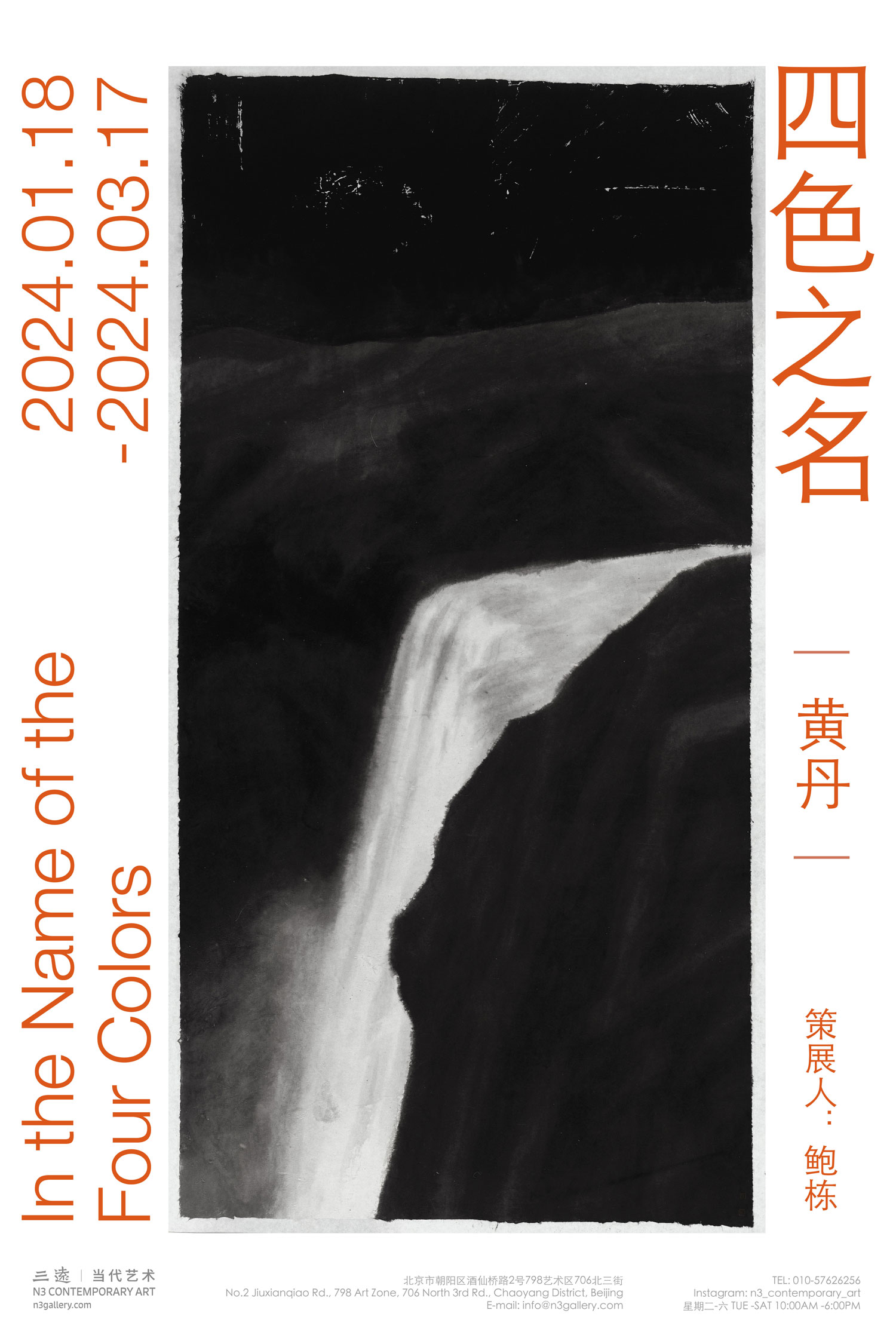展期 Period:
2024.1.18—2024.3.17
艺术家 Artist:
策展人 Curator:
地点 Venue:
新闻稿 Press Release:
黄丹画很多事物,山、石、树、桥、马、猫、虎、兔、花卉、蔬果,这些传统中国画中亦有的题材被她反复捶打,变得愈发庄重,但同时又充满活力,她用一种今天的视角去描绘这些过去的,更确切的说,那些似乎一直存在而显得恒定的事物。近景、特写、满幅构图,在观看方式上,黄丹的作品与传统中国画的位置经营拉开了极大的距离,她的画面具有镜头感,仿佛有一个观看者就在不远处端详。正是在这一点上,她的作品完全摆脱了“国画”的教化感,而生出了一种感性确实性的说服力。
但这种确实性并非视觉再现意义上的准确,实际上,黄丹减去了大部分的细节,在她的画中,事物通常只留下了轮廓与剪影,并孤伶伶的展现在虚空的背景前,变成了一个个的不依赖于定语的名词。它们既构成普遍类型,也极具个别性,即使很多形象简化到几乎是为了那几根线条而存在,但线条又因为它所依附的形象与形体而更具活性与动能,进而又反哺了形象与形体的活力。她简化造型、压缩体积、省略细节,这一切是为了把绘画的能量集中在线条、形状,以及绘画过程的时间厚度上,进而获得了一种碑拓式的钝力。
在色彩上,黄丹也极其精练,她几乎只使用墨色、赭石、朱砂、三绿等几种有限的颜色,因为在画面上只需构成明暗冷暖,即黑白丹青四色的区分,即可以表达万物。尤其是在她的作品中,平涂的色彩除了作为物像特征,更是作为形状的强化,让平面性获得更直接的锚定。
这让人想起地图学中的四色定理,即在一个平面上,只需四种颜色即可区分任意相邻的形状,黄丹用四种颜色去描绘一切,似乎也正暗合了这种最低限度原则。黄丹作品给人的最强烈印象就是她在色彩上的概括与节制,她的色彩并非只依据随类赋彩的再现逻辑,更多时候,实际上,有限的色彩选择让她更着意去推动这种限度下的可能,比如蓝色的马。
我们也可以从黄丹的作品中看到很多东西,除了活的事物,还有汉砖、魏碑、德加、马克(Franz Marc),还有丰子恺,换句话说,她的绘画不仅描绘了此时此地心之所见,更构成了一种回应着彼时彼地的风格,亦真理、亦德性,以四色之名。
——鲍栋
Although what is defined in her paintings does not suggest accuracy in the figurative sense, in fact, Huang Dan has chosen to eliminate most of the details in her subjects. In her paintings, objects depicted are often left as forms and silhouettes and presented singularly against an empty background. Linguistically, the images become common nouns that require no edification. They are seemingly generic yet minimalistic, as many images are reduced to their intrinsic qualities; the lines exist just to animate the forms, which in turn enhance the vitality of the images. She accentuates the form, compresses the volume, and minimises the details, all to harness the energy of the painting based on the forms, the shapes, and the time process, comparable to the process of calligraphic carvings on stone steles.
Huang Dan is exceptionally refined in her use of color. She only uses a few distinctive colours, such as ink, ochre, vermilion, and the three greens. Her composition demands the contrast of light and dark, cold and warm, and the variance of the four colours of black and white, red and green, to give distinctions to a myriad of things. Notably, the flatly painted colours not only enhance the features of the subject but also amplify its form, anchoring its presence.
Huang's use of colour is reminiscent of the four-colour aesthetics in cartography, where colour conventions are used for specific intentions. Similarly, Huang Dan's use of four colours to depict any subject alludes to this minimalist principle. The most compelling impression of Huang Dan's works is her highly sophisticated yet restrained use of colour, which is not only to assign colour to specific categories but, more often than not, to search for possibilities given her limited choices, such as the blue horse.
We may also discover traces of our general visual experience in Huang Dan's works; besides living things, one encounters bricks from the Han Dynasty, steles in the Wei and Jin Dynasties, Degas, Franz Marc, and Feng Zikai. In other words, her paintings depict what speaks to her heart and mind now but also resonate with style from another time and place, which is truthful and virtuous in the name of the four colours.
——Bao Dong

